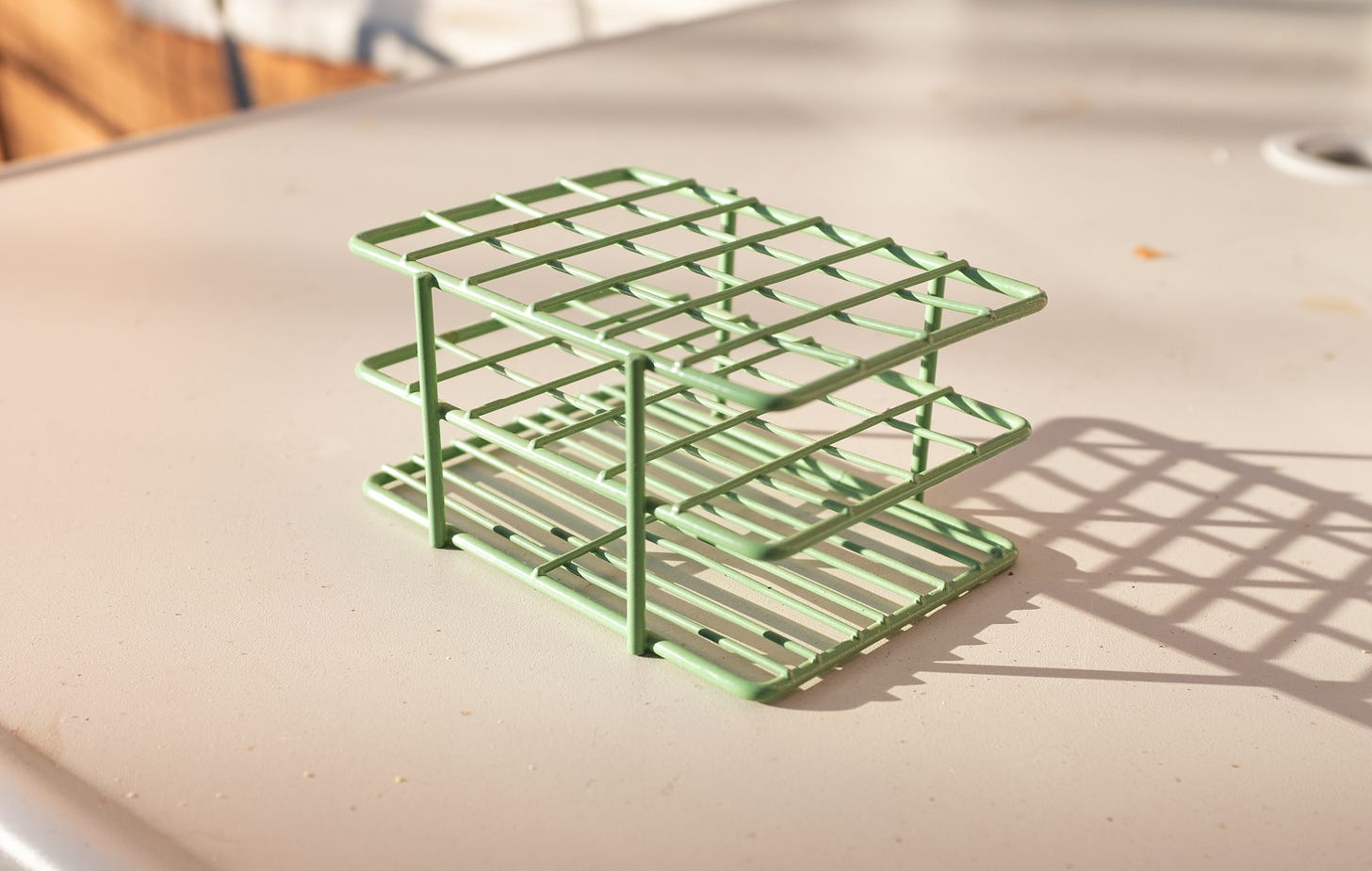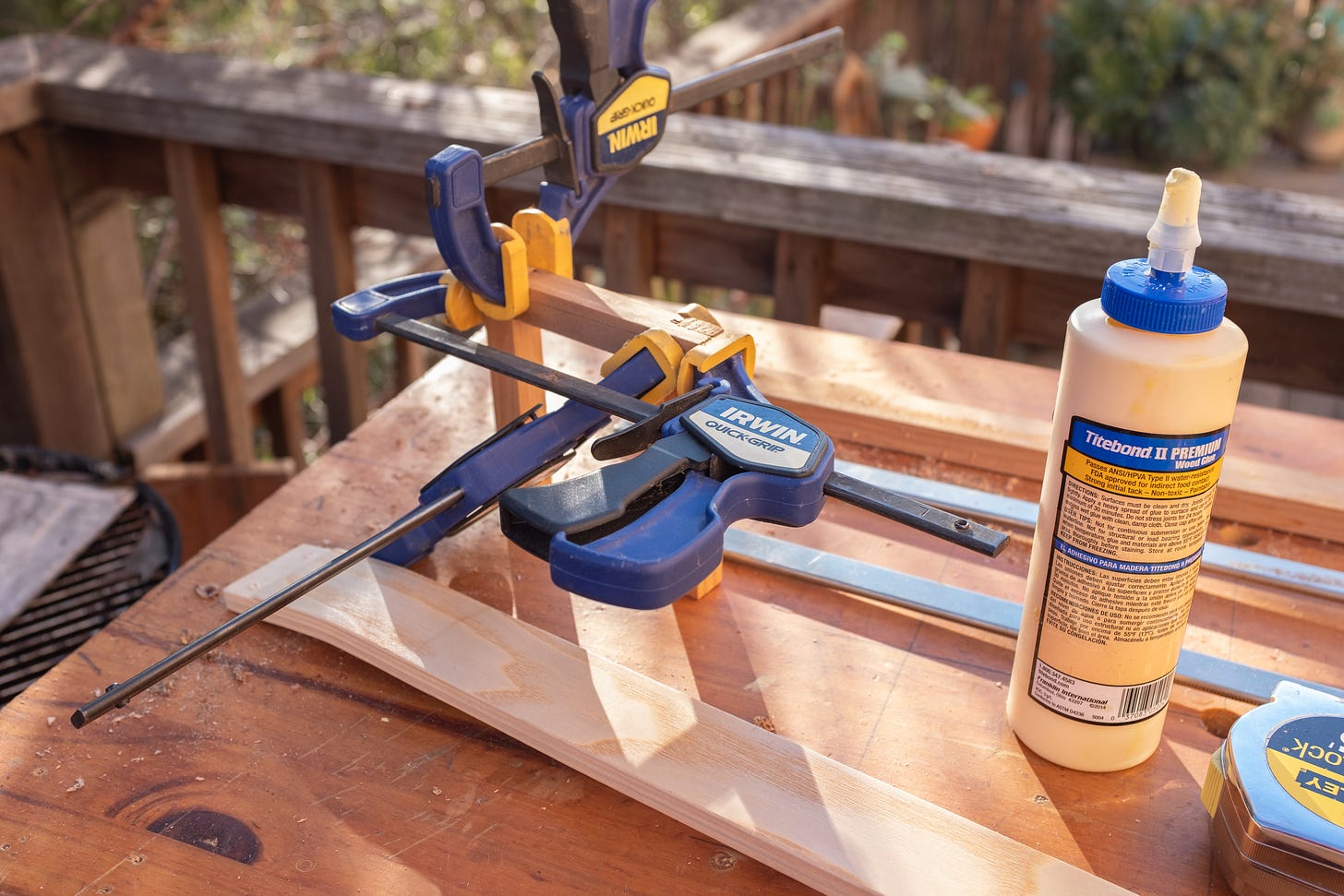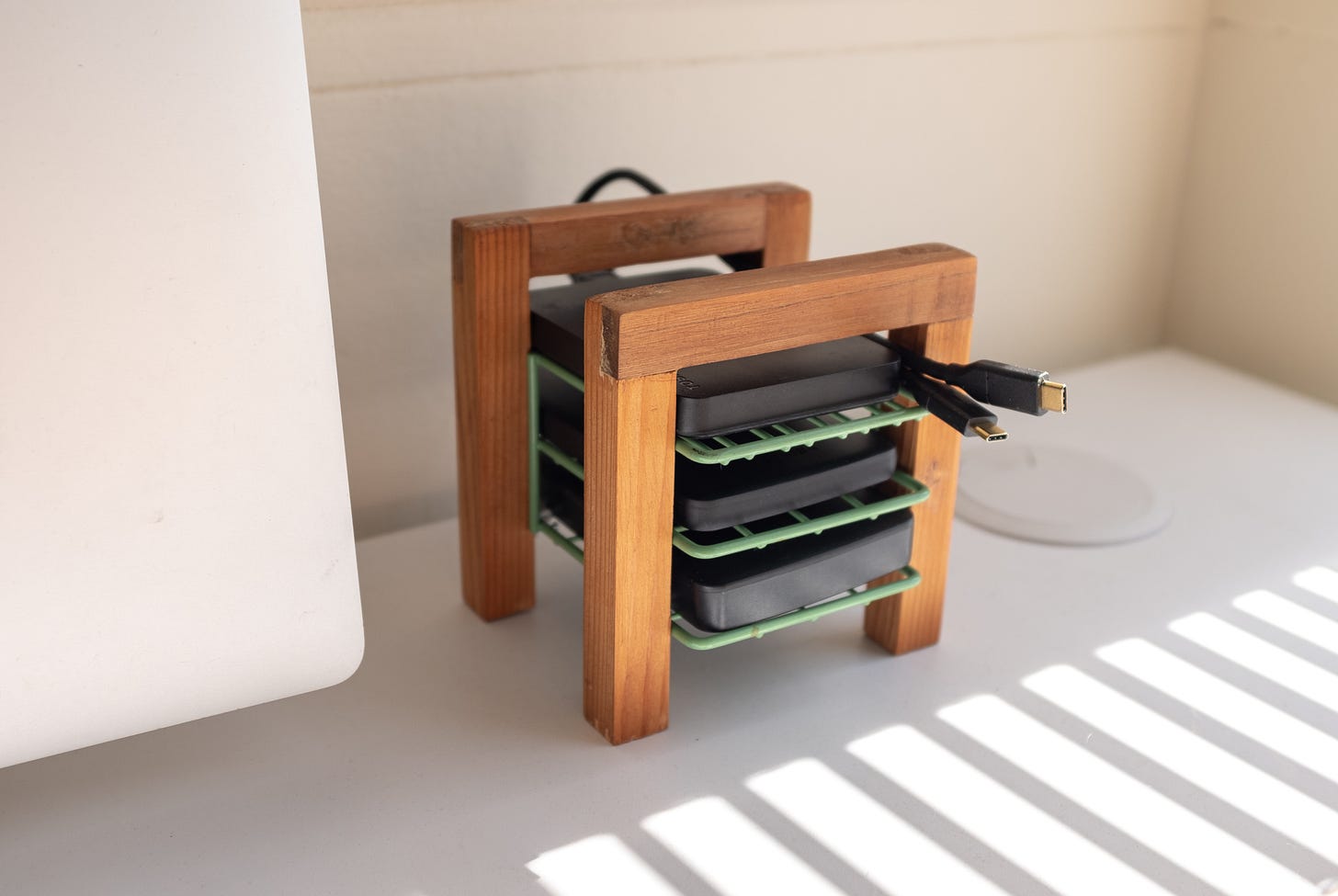I own three hard drives, all made by Toshiba, bought within the last 6 years to accommodate my ever-growing cold storage of pdfs (?). One of the drives I use as a time machine backup of my laptop (which I recently learned is against the security policy of my employer, so for the sake of income security I would like to say: just kidding! It’s for erotica and smut!). One of the drives I use to store all the stuff for Song Club Records, and the last is a sort of crawlspace beneath the digital suburban house of my youth.

Most of my urgent files are kept on Google Drive. Which has meant, tautologically, all these Toshiba files are just not getting my attention. Part of me resents their existence. If I can’t remember them, do they matter? But they do matter. They do. They maintain a picture of my past self that is mostly absent of the type of self-mythologizing found in, say, my journal (or this newsletter). The bits I’m aware of feel concretely distasteful in an important way. And, as proof of their worth, a nice healthy guilt has started growing in me for storing these hard drives as long as I’ve owned them piled atop miscellaneous plugs, batteries, and cables in the sagging lowest drawer (the “technology drawer”) of IKEA’s rip-off flat files.
Recently, I spent a workday (just kidding!) browsing the internet for solutions to this problem. But, without a clear problem statement, and only guilt as my guide, I was going at the thing with solutions as broad as paying for more Google Drive space and as narrow as merging all three drives into one or two tinier drives.
This is exactly the kind of thing the internet is bad at. When you know what you want, it’s an incredible tool for navigating your journey to get there. If you don’t know what you want, it will try to sell you things.

So the drives sat, gathering dust, accumulating guilt, and staying committed to their practice of generally being useless in a daily sense. Somewhere in the Covid milieu, I realized the solution was several years out from being easy, and I could be satisfied with just having them a little nearer to my laptop. I didn’t need to new-year-new-me the pesky things out of existence in order to be happy. But keeping them meant getting creative, and rooting out their whole Jacob Marley vibe. I couldn’t just stack them under my monitor. All external hard drives give off Best Buy energy, and have an unwieldiness that resists knolling. And lest we forget, they’re filled with probably embarrassing stuff that would cramp my style on the reg. Unfortunately, there’s no External Hard Drives for Kyles. Well, now there is. But before there was, it was up to every Kyle to chart his own territory, find his own priorities, write his own Substack.
On a Sunday trip to the Salvation Army in Alameda, I found this little epoxy coated shelf dude (which, as it turns out, is for test tubes!) that I knew I wanted before I even knew what I would use it for. The secret to good thrifting is: fill the noggin with all the problems in your life (keeping the solution bit as vague as you can abide), and have the patience and persistence to allow the ever-refilling museum of rejects (Goodwill, and the like) to teach and inspire you.
I ran the idea by a Trevor of the newsletter, and then it was Go-on-Go time. The little epoxy pal handled the holding of the drives bit just fine, but it wasn’t much to look at, and generally didn’t solve the unwieldiness problem. I wanted something that felt placed, felt mounted (almost).

Knowing I wanted to add a little heft to my hards, I thought it might serve the servers to go long on the legs. I did some quick measurements, then hand-sawed some half lap miter joints. These are my favorite joints! Simple, elegant, strong, and easy to cut by hand.
During the glue up, I started to feel the co-dependent misery of saving something you hate. Perhaps the hard drives liked the drawer. Who am I to home them in nicely cut dead tree affixed to a test tube holder. A lot of my life is spent pep-talking my way through the execution of a half-baked idea. About this point, Emily told me she liked my pointless fiddling (my words)—so I proceeded with the affixing.
I really love bad wood. I love making wood filler out of glue mixed with sawdust and using it to patch nail holes and sloppy cuts and dents made in the process.
A little touch up with sandpaper, some oil, those weird white bits with attached nails from a FIXA kit, and wala! I’m pretty happy with the little guy, while acknowledging how much I have to learn within the the mid-century shabby-chic wabi-sabi ikea-hack design tradition.
Your home is also the home to many other non-human (non-Kyle) objects. Some of these objects feel right, easier to own, or as if they more innately deserve attention for their sentimental, aesthetic, or functional features. I’m not sure how the things under my stewardship arrive at their worthiness to belong, get cleaned, be organized, or give kiss. I’ll preach immateriality like the rest of you Marie Kond-hoes, but I cannot deny the bliss of a clean house or a group of nicely stacked Toshibas.
Throughout the lockdown of Covid, my house (more often my office) has felt like a prison of past lives and old ambitions. The Rhodes keyboard behind me, once a marker of my adulthood, and now featured in all my Zoom calls, taunts more than it entertains. The growing shadow-self of the information age, or (for the keyboard metaphor) a generous living space, is the storage and management of past ideas and old intentions.
Most of us have a nice range of options. You can feed the minimalism fever-dream and take it all to the trash, or leave it in the mutable (but tender) hands of Tom from MySpace to drop, or you can get a therapist and embrace the task of cleaning up your child-self’s refuse. As Jesus of the newsletter once said: the foxes have holes and the birds have nests, even the hard drive discs deserve a place to rest. He said this directly to me, but I trust sans-context the meaning still holds.
Whatever you choose, I hope you save some of the old things you’re scared of, and delete a few duds to create space for new things to be scared of. Most of all, I hope you’ll find, one day, that those old ideas weren’t so bad after all. Maybe they just needed to take a few years to ripen in your bottom drawer.
Thanks for reading this edition of Kyle-on-Kyle. Until next time, the Kyle goes on.







